The use of French pressure filter pot course on the taste and mystery of French press coffee
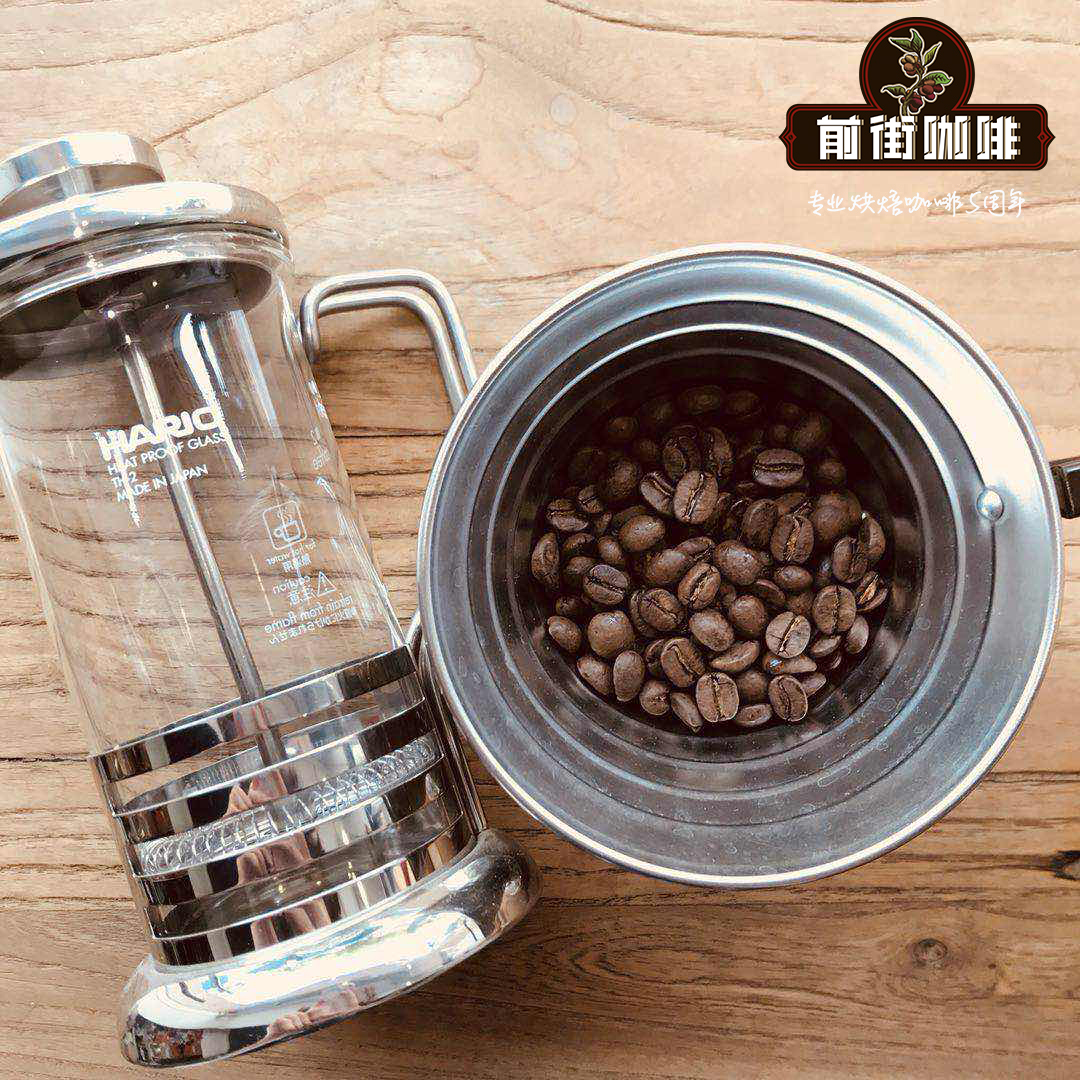
Professional coffee knowledge exchange more coffee bean information please follow the coffee workshop (Wechat official account cafe_style)
Since the 11th century, coffee has been brewed and drunk as a cup of drink. After a long period of invention and improvement, today, there are many ways to make coffee by hand. The process of drinking a cup of coffee can be as complicated as a siphon coffee pot or as simple as a pressure filter pot. The brewing process of siphon coffee pot or hand-brewed coffee is interesting, and it takes a lot of skill to make the coffee taste pleasant. But please don't think too much about coffee. If you want to cook coffee with your own hands and enjoy the fun, you don't have to exercise for three or five or seven years before you are qualified.
In this article, the editor would like to introduce a very easy to use, but can fully reflect the original flavor of coffee brewing tool-French pressure filter pot (French Press).
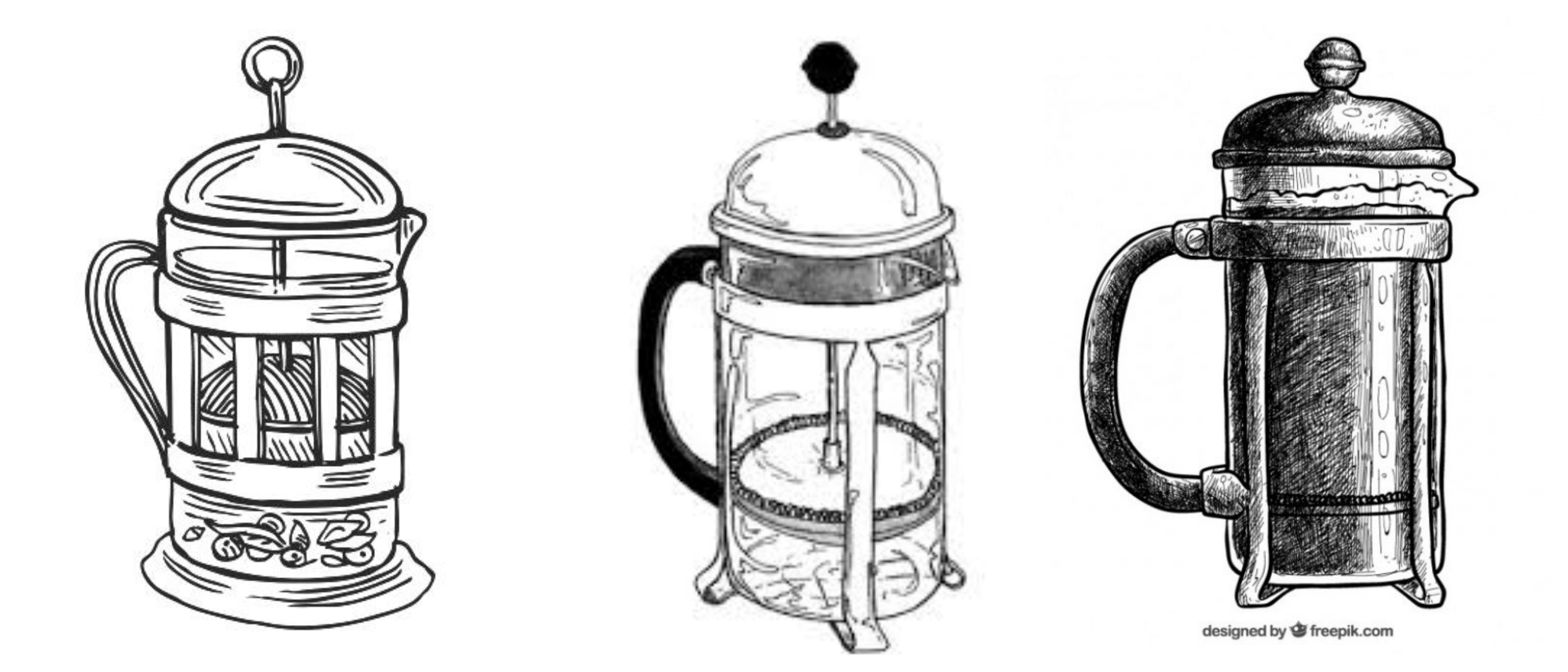
The debut of French pressure filter kettle
Pressure filter pot (hereinafter referred to as pressure pot), also known as filter kettle (press pot) or coffee filter kettle (coffee plunger). The French kettle first appeared in France in 1850. Of course, all inventions, such as cars and computers, were in a crude form compared with what they are now. The French kettle was no exception, of course. At that time, it was not a special tool for brewing coffee. It was also a simple tool composed of a glass or plastic container and a metal filter with a pressure bar. At that time, more people used the pressure pot to make black tea than to make coffee.
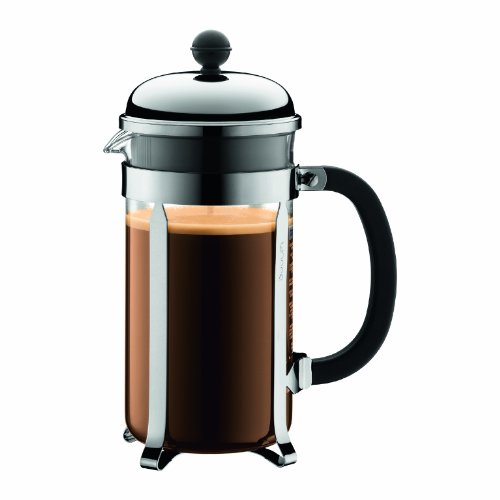
"Piston filter coffee device"
As we can imagine, the prototype pressure kettle will soon be found defective. Because the metal filter is not completely separated from the coffee grounds, the effect is not great, and the coffee washed out is insufficient in taste and taste. In March 1852, there was a breakthrough in the form of the French kettle. At that time, a horsepower metalworking man and a businessman got a patent for the "piston filter coffee device". The patent mainly states that a metal can connected with a movable rod has a hole in the bottom of the rod and a layer of flannel is sandwiched above and below. If you pull the movable rod, it can move in a cylindrical container. If you press the lever to the bottom, the filtered coffee is left above the lever, isolating most of the coffee grounds. This patent has made great progress in the form of the French kettle.
Although the French kettle originated in France, it is still thanks to the Italians that this method of cooking is known. In the late 1920s, around 1929, Attilio Calimani, a designer from a Milan company, officially registered a patent for a modified version of the French press, and filter coffee became more and more popular.

French kettle = lazybones pot?
For those who like to drink coffee, and even those who are used to making coffee at home, what is your impression of the French kettle? Easy to operate? For lazy people? No technology to speak of? Whether you have a good or bad impression of it, indeed, the cooking skills it requires can be said to be quite easy to operate compared to other tools, as shown in the picture. Since the coffee extraction principle of the pressure pot is soaking rather than filtering, it does not pay much attention to water injection gestures and speed, as long as according to the appropriate proportion of brown water, water temperature, time, it is not difficult to make a pot of delicious coffee.
However, the mere use of the word "lazy pot" to describe pressing the pot seems to have hastily overlooked its advantages. The author believes that the French kettle is not only easy to operate, but also very light in shape, easy to carry and easy to use. It doesn't matter at home or in the office, even if you leave it in your suitcase when you travel. In addition, the use of the pressure kettle does not need filter paper, just press the pull rod when the extraction is completed, it can be separated from the coffee grounds, environmental protection, there is no need to prepare a variety of tools. The multi-use of one pot is another advantage of pressing the pot. As mentioned earlier, at first the French used it to make black tea. Even if the pressure kettle has been improved, it can still be used for making tea, coffee, or even hot and cold. Therefore, there are friends who do not drink coffee, but still use French kettles.
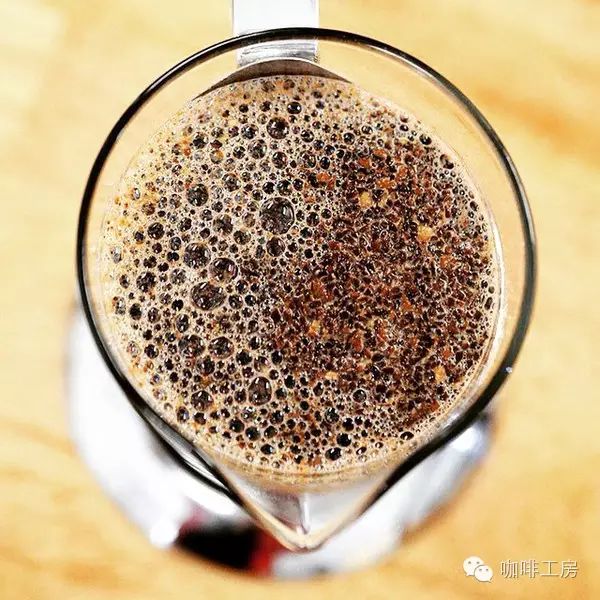
Taste the original coffee with a different taste
The editor also has many friends who have said that the French kettle is very convenient to use, but the coffee brewed is not "clean" and tastes dregs. Is it because you didn't use the filter paper? No, this is what makes the coffee pot unique.
Florence Fabricant (a famous food critic of the New York Times) once introduced the French kettle to readers in the New York Times as a favorite device for coffee connoisseurs. This is not a false name. The French kettle is indeed a brewing tool to present the original flavor of coffee in the simplest way. Because the kettle is soaked, coffee powder can be separated from coffee without filter paper. But it causes oil and other larger aromatic particles in coffee to pass through the filter and enter a cup of coffee. Therefore, the coffee brewed in the pressure pot will be more round and thick in taste and consistency, and it also increases the feeling of roundness. Therefore, there are also many coffee lovers who like to brew deep-roasted coffee in a French press to fully enjoy the sweetness and richness of deep-roasted beans.
As for dregs to drink, this is absolutely avoidable. First of all, with a tool without filter paper, the grinding degree should be medium to coarse, and if you press the kettle, it is best to grind the coffee beans like coarse salt. Moreover, after soaking, when pressing down the lever, you must press it to the end. If you pull it up and down repeatedly, the coffee powder will come out easily, resulting in dregs.
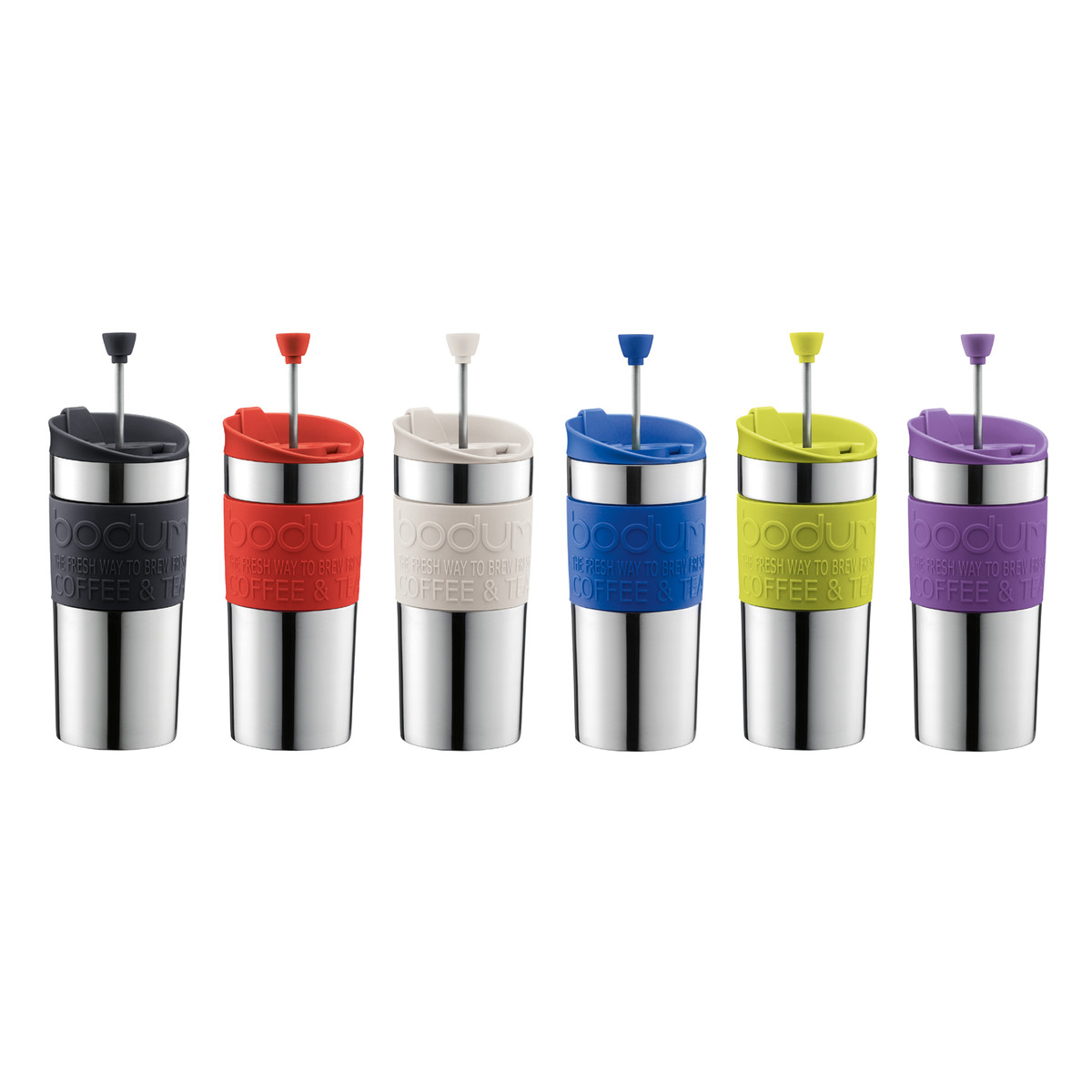
The evolution of the pressure kettle
I wonder if you have ever heard of Bodum? This coffee utensils brand from Copenhagen, Denmark, is sold all over the world. French Press Coffee Maker, launched in 1970, is so popular that Bodum seems to be another name for a French kettle.
Today, the French kettle is no longer limited to shape (whether it is made of glass, equipped with handles, etc.), Bodum has even launched a "Travel Press" without handles. The smart filter cup (Clever Coffee Dripper) developed in Taiwan is the product of the combination of the design of the hand filter cup and the principle of the pressure pot. It can be seen that the merits of the French kettle have been appreciated and continued in the coffee industry.
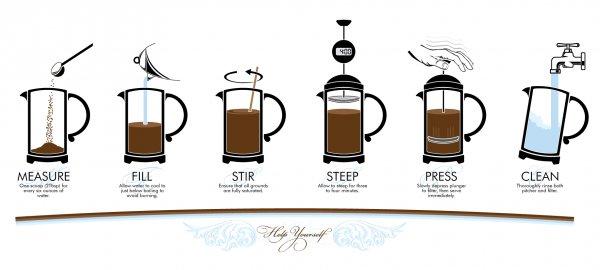
Methods and steps for the use of French filter pots:
Degree of grinding: it is easy to over-extract coffee from the pressure pot, so the degree of grinding is thicker, which is generally required to be a little larger than the particles of edible sugar. If the degree of grinding is too fine, the extraction of coffee will be very fast. At the same time, small coffee dregs will pass through the metal filter to make the coffee less clean.
Coffee brewing ratio: coffee brewing ratio is the proportion of coffee to water. The common brewing ratio is from 1:15 to 1:18, which means 15g of coffee needs to be brewed with 225g of water. If you want to use a pressure kettle at home, you can adjust the brewing ratio according to your own taste.
Water temperature: the water temperature can be brewed with hot water at about 92-94 degrees Celsius.
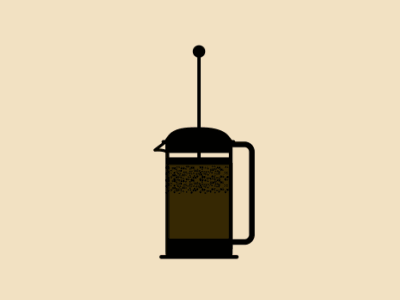
Steps:
1. Remove the pressure rod from the pot, confirm the mesh of the metal filter, and grind the coffee beans into coarse grains (nearly 20 grams / two cups) that cannot pass through the mesh. Tip: pull the lever handle up.
two。 Pour coffee powder into the pot. In order to spread the hot water evenly on the powder, gently shake the kettle to make the surface of the coffee powder flatter.
3. Set the timer for 4 minutes.
4. Start the timer and pour hot water (150ml) on the coffee powder for about 30 seconds to make it dissolve evenly, about half the amount of water in the filter kettle. Tip: while fully steaming coffee powder, pour hot water at the same time.
5. Slowly pour hot water (150 ml) until the finished volume is reached, and set the pressure bar in position. Tip: before this, the water injection operation takes about 1 minute.
6. Wait until the timed 4 minutes is up, slowly press down the pressure bar.
7. In order to avoid oversteaming, please pour the coffee into the cup immediately. Tip: if a person wants to drink two cups, because the coffee powder will be soaked for a period of time, so the taste of the first cup and the second cup will be different.
Important Notice :
前街咖啡 FrontStreet Coffee has moved to new addredd:
FrontStreet Coffee Address: 315,Donghua East Road,GuangZhou
Tel:020 38364473
- Prev
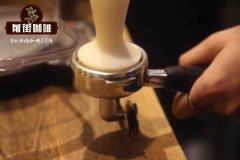
How to use a French coffee maker my cafe espresso and espresso
Professional coffee knowledge exchange more coffee bean information please pay attention to the coffee workshop (Wechat official account cafe_style) French coffee filter pot is suitable for coarse grinding, medium-roasted coffee beans, the use of metal filter to fully extract oil, so that the flavor of coffee beans is very obvious. The size of the filter hole of the commercial French coffee filter pressure pot is not exactly the same, so it must be confirmed before use. Method
- Next
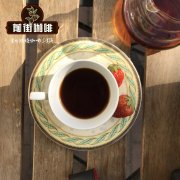
What is a capsule coffee machine? Is Starbucks capsule Italian black coffee good? Capsule coffee machine scam
This three-minute hot "reason not to buy" series of articles to introduce is: capsule coffee machine does not buy capsule coffee machine top 10 reasons? Do you know the disadvantages of the capsule coffee machine. As an office worker, I have to rely on caffeine every day to stay awake during the day, otherwise I can't move my brain and do things well.
Related
- What is the Philharmonic pressure? How to use Philharmonic pressure to make delicious coffee
- Why does a hand grinder have more fine powder than an electric grinder?
- In addition to the hot mom, what is the difference between the versions of EK43 | ditting and Mahdi ek43?
- What kind of equipment do you need to make coffee by hand? Introduction to novice starter cooking equipment tools
- Espresso needs to be ground how thick and thin scale entry Italian Coffee Machine Bean Grinder investigation and Grinding course
- How much does it cost to open a small private cafe? How much does it cost to learn coffee? How to operate it?
- The difference between the flavor characteristics of hand-brewed coffee and coffee maker is hand-brewed coffee really better than coffee maker? Can I use a coffee machine to make coffee beans by hand?
- The difference between 01 and 02 of hario v60 filter cup what is the difference between 01 and 02 filter cup opening and cooking flavor
- What's the difference between the smart cup and the French kettle? Which is better, the French kettle or the Smart Cup?
- What's the difference between a smart cup and a V60 filter cup? The difference between the taste of smart cup and hand-brewed coffee

